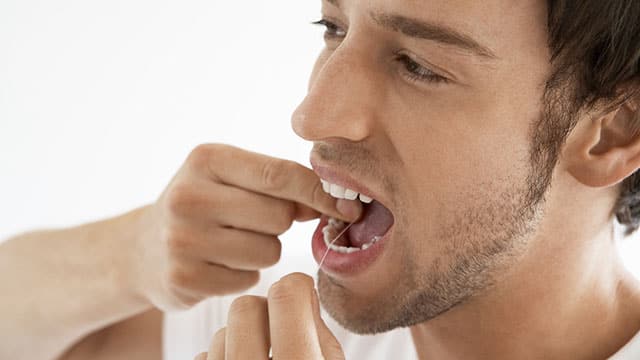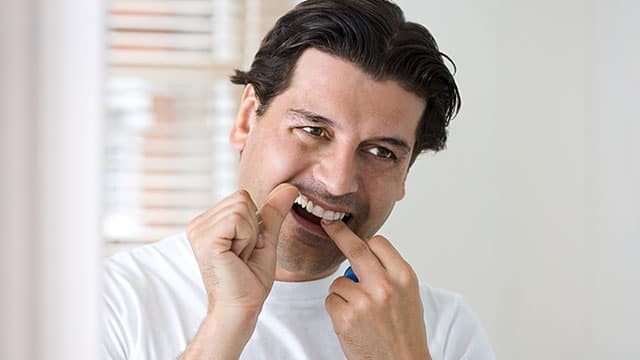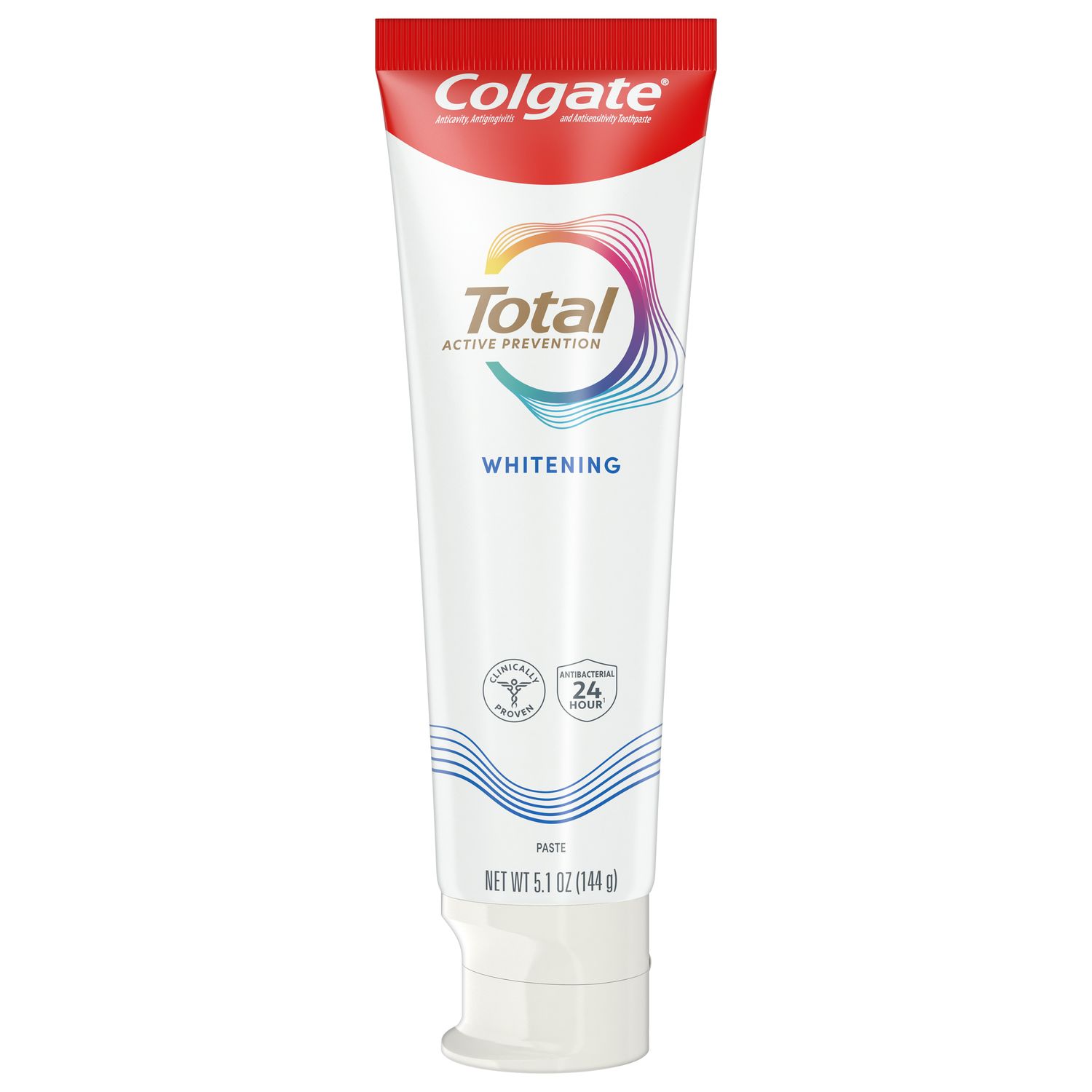1. Use Proper Brushing Technique
There is a wrong and right way to brush your teeth. For a more thorough brush:
- Use a soft-bristled brush
- Beginning at your gumline, brush at a 45° angle
- Brush the outside of your teeth, inside, and all over your molars
- Be sure to get every nook and cranny around your teeth
- Gently brush your gums and tongue
2. Brush Enough
Brush for at least two minutes a session. Use an hourglass or your favorite song to help you and your children keep track of time.
3. Pick the Right Brush
Manual or electric, bristle and handle type, head size, and of course, color! When it comes to choosing a toothbrush, there are a lot of options. Select a brush with a soft bristle and small to medium size head as recommended. After that, the rest is up to you.
4. Look for the ADA Seal
Ensure that your toothpaste is safe and effective by choosing one with the ADA seal and fluoride – this will fight plaque and prevent tooth decay.
5. Floss Properly
Like brushing, there's a wrong and right way to floss. Remember to:
- Give yourself about 18 inches of floss
- Wind most of it around middle fingers, leaving 1to 2 inches on both sides
- Make sure the floss is tight between your thumbs and index finger, then gently slide it between your teeth, using clean sections as you go from tooth to tooth
- Gently floss beneath the gumline
6. Use a Mouthwash
Mouthwash freshens breath, reduces plaque and gingivitis, whitens teeth, and soothes dry mouth. And with its antimicrobial benefits and additional fluoride, you'll wonder why you didn't add it to your routine sooner!
7. Clean Your Brush
To keep your toothbrush clean, simply rinse it off and let it air dry after brushing. Avoid covering or sharing it, as this breeds and spreads bacteria.
8. Change Your Brush
Replace your toothbrush every 3 to 4 months and after recovering from an illness. Most manual and electric toothbrushes have a color indicator reminder on the bristles. If you're a parent or caregiver, keep in mind that the more often you change your child's toothbrush, the more excited they'll be to do it.
9. Use a Tongue Scraper
A tongue scraper rinses away excessive oral bacteria. Add this practice to your daily oral care routine to eliminate bacteria and freshen breath. Select a toothbrush with a scraper on the back for added convenience.
10. After Snacking, Get Scrubbing
Brushing twice a day, usually after breakfast and dinner, should be ingrained by now. But if you have a late-night snack, you should also have a late-night brush. Cookies and ice cream fill your mouth with sugar and bacteria, and sleeping for 7 to 8 hours after your snack without brushing allows bacteria to fester and spread.
By integrating these tips, habits, and routines, your dental hygiene will go from good to great. And don't forget to see your dentist twice a year – you'll be proud to show off your healthy and sparkling smile.
This article is intended to promote understanding of and knowledge about general oral health topics. It is not intended to be a substitute for professional advice, diagnosis or treatment. Always seek the advice of your dentist or other qualified healthcare provider with any questions you may have regarding a medical condition or treatment.
ORAL HEALTH QUIZ
What's behind your smile?
Take our Oral Health assessment to get the most from your oral care routine
ORAL HEALTH QUIZ
What's behind your smile?
Take our Oral Health assessment to get the most from your oral care routine















